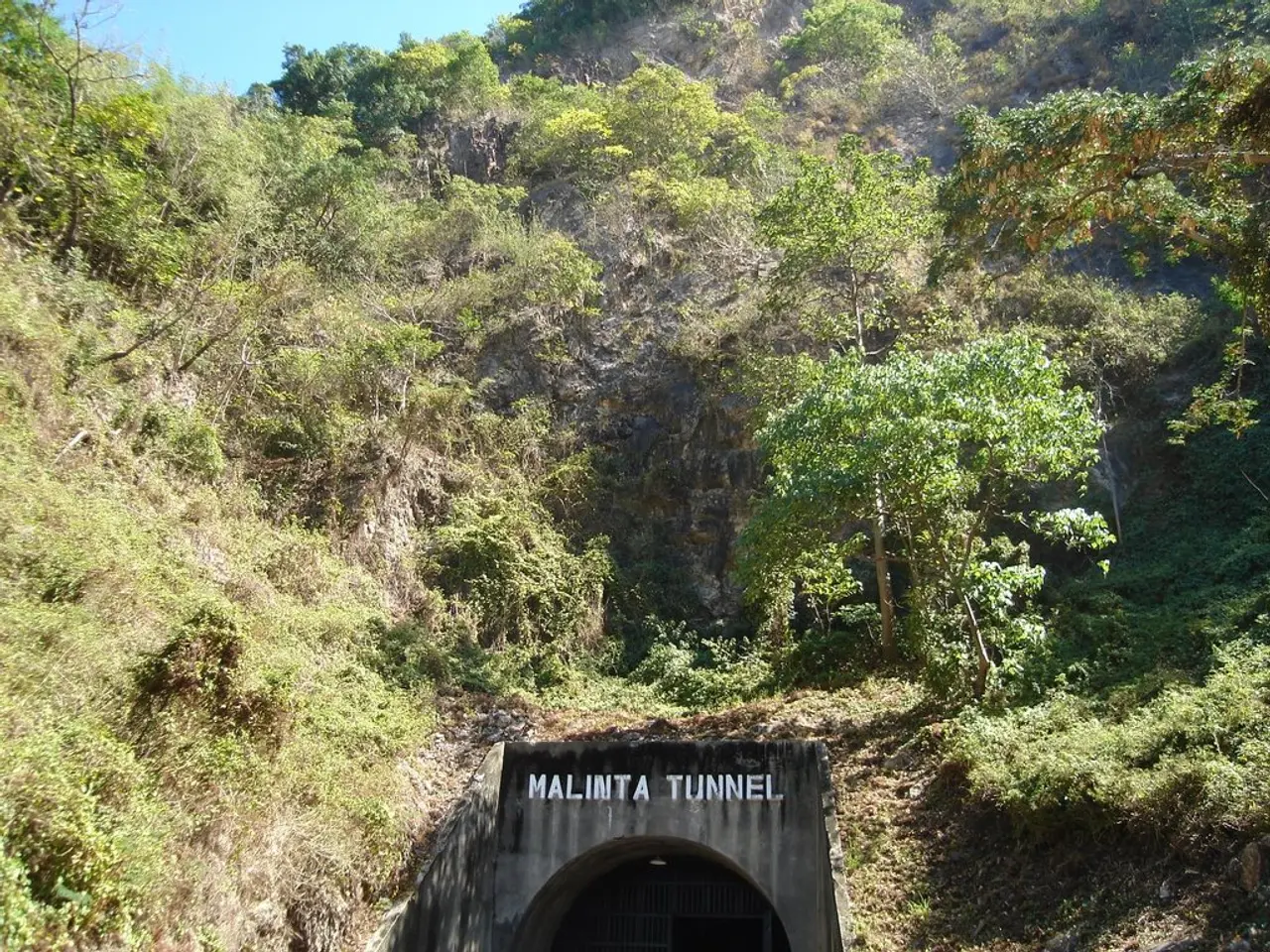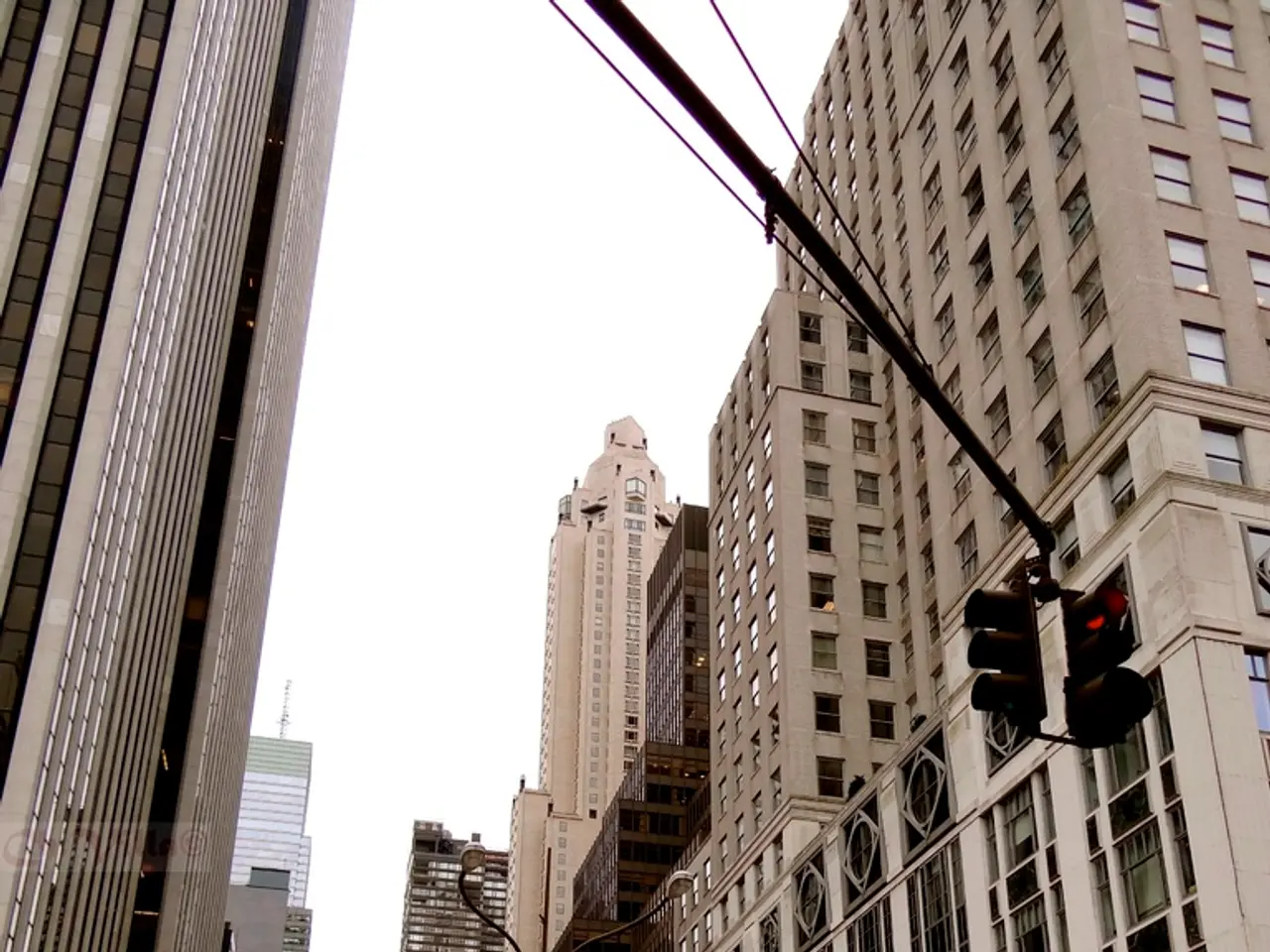Exploring the Enigma of Europe's Underground Erdstall Tunnels: A Look into Their Creation Purpose
In the heart of Central Europe, hidden beneath the soil of Austria, Germany, and France, lie a series of enigmatic subterranean tunnels and chambers known as Erdstalls. These mysterious structures, dating back to the medieval period, have captured the imagination of researchers and the public alike, as the origins, construction methods, and purposes of these tunnels remain shrouded in mystery.
## Origins and Distribution
Most evidence and radiocarbon dating point to the construction of erdstalls during the Middle Ages, with the majority of them believed to have been built between the 10th and 13th centuries. They are most densely concentrated in parts of Austria, southern Germany, and occasionally found in northeastern France.
## Building Methods
The tunnels were dug entirely by hand with simple tools, as evidenced by tool marks and the narrowness of the crawlways. Typical erdstalls are situated roughly three meters below the surface, with narrow passages (some less than 60 cm in height) and small chambers. Despite their simplicity, the placement and interconnection of tunnels show some planning, though their purpose is not always clear.
## Purposes and Theories
Many historians and archaeologists suggest erdstalls were used as hiding places during times of conflict or invasion. Some theories propose a ritualistic or spiritual purpose, possibly connected to local folklore or pagan practices. A minority view considers practical uses, such as storage for food or valuables, or as wells, although this is less commonly supported. The lack of definitive evidence leaves room for speculation, and ongoing research continues to debate their true function.
Recent discoveries using a custom-built handheld device have revealed slots for wooden doors in the erdstall tunnels, suggesting they may have served as secure hiding places or for defense.
## Current Discoveries and Research
Thousands of erdstalls have been documented across Central Europe, particularly in Austria and Germany. Researchers are using modern archaeological techniques, including radiocarbon dating and 3D modeling, to better understand construction techniques and chronology. The tunnels have attracted attention on social media and popular culture, sparking renewed interest in their study.
One of the most intriguing discoveries was the 3D mapping of an Austrian erdstall, which revealed an intricate structure consisting of seven chambers spread across three levels. This technology has enabled researchers to gather precise measurements in areas where traditional methods would struggle.
The secrets of the erdstall tunnels are gradually coming to light as more of these subterranean passageways are explored and documented. Researchers like Raimund Edlinger are exploring ways to use their technology to create replicas of the tunnels, allowing visitors to experience the claustrophobic spaces without damaging the fragile historical sites.
The technology used for mapping erdstall tunnels is revolutionising the field of medieval archaeology, providing valuable insights into a largely undocumented period of history. As the study of erdstall tunnels continues, new chapters in human history that have been buried for centuries could be revealed.
[1] Edlinger, R. (2020). Erdstall: The Mysterious Medieval Underground Tunnels. Springer.
[2] Niel, M. (2018). The Archaeology of Erdstall Tunnels: A Study in Medieval Subterranean Architecture. Journal of European Archaeology, 41(2), 123-142.
[3] Schmidt, J. (2016). Erdstall Tunnels: A Review of Theories and Evidence. European Journal of Archaeology, 26(1), 37-54.
[4] Wiesner, T. (2015). Erdstall Tunnels: An Overview of Recent Research. Journal of Medieval Archaeology, 78(3), 319-340.
[5] Zimmer, C. (2019). The Hidden World of Erdstall Tunnels. National Geographic, 241(4), 56-69.
- The enigmatic subterranean tunnels known as Erdstalls, constructed during the Middle Ages, have captured science's attention due to their ancient origins and distribution throughout Central Europe, particularly in Austria, southern Germany, and northeastern France.
- Recent technological advancements in archaeology have led to discoveries within Erdstalls, such as the reveal of slots for wooden doors, suggesting possible uses as secure hiding places or for defense during times of conflict.
- Modern archaeological techniques, like 3D modeling and radiocarbon dating, are helping researchers unveil the mysteries of Erdstalls, which could shed light on practices and lifestyles of ancient civilizations, while technology continues to revolutionize the field of archaeology and history.





